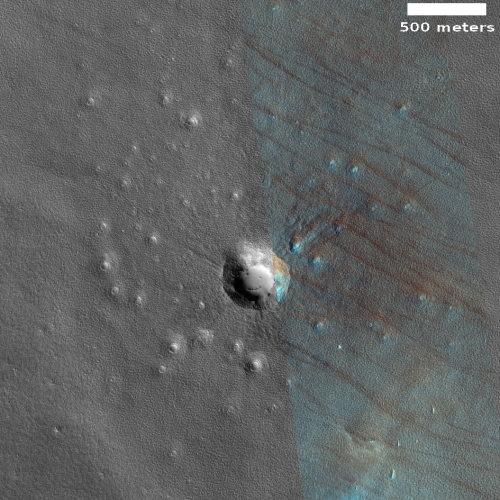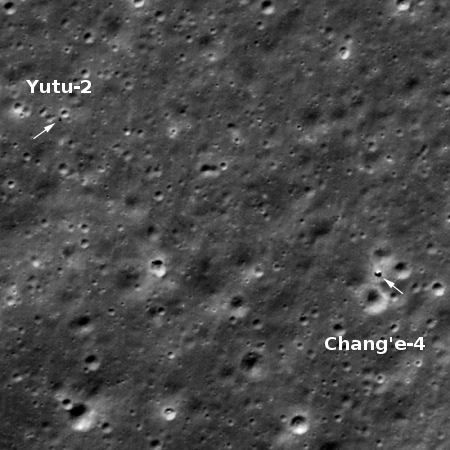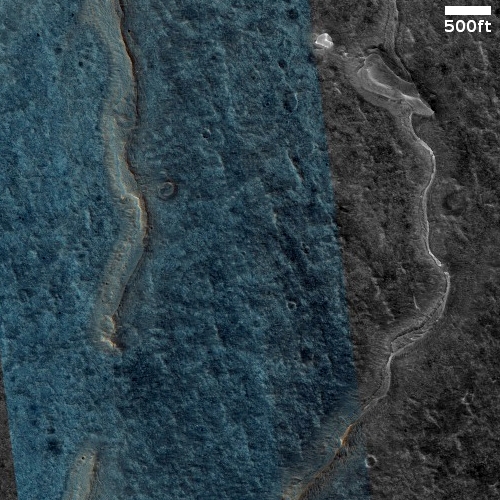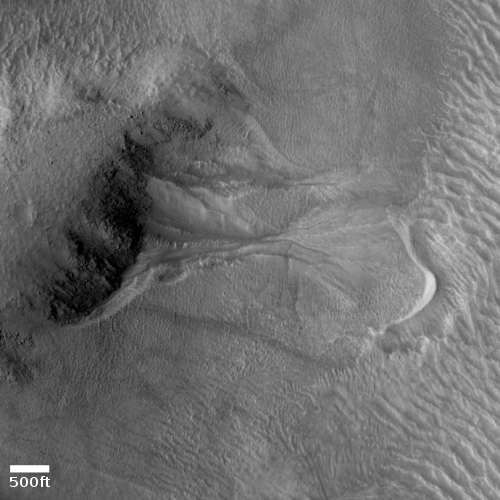Rocket Lab provides detailed update on successful recovery of first stage after splashdown
Capitalism in space: Rocket Lab has now provided a detailed update on the company’s first successful recovery of the first stage of their Electron rocket from the ocean on November 19, 2020.
Much of the press release reiterates what the company CEO Peter Beck said on November 24th, but in much better engineering detail. Key finding:
The stage held up remarkably well – not bad after experiencing the trip to space and back in just 13 minutes. The carbon composite structure was completely intact. As expected, the heatshield on the base of the stage suffered some heat damage during re-entry. It was never designed for this load case, but before we strengthen the heat shield we wanted to see just how much heat it could take unchanged. With a wealth of data on this now, our team has already started working on upgrades for future recovery missions.
They also intend to re-fly some components from that stage. I have embedded below the fold their footage taken during from the inside of the first stage during its splashdown.
The next recovery attempt in early ’21 will also splash down in the ocean. Before they attempt a helicopter snatch from the air they want gather more data.
» Read more
Capitalism in space: Rocket Lab has now provided a detailed update on the company’s first successful recovery of the first stage of their Electron rocket from the ocean on November 19, 2020.
Much of the press release reiterates what the company CEO Peter Beck said on November 24th, but in much better engineering detail. Key finding:
The stage held up remarkably well – not bad after experiencing the trip to space and back in just 13 minutes. The carbon composite structure was completely intact. As expected, the heatshield on the base of the stage suffered some heat damage during re-entry. It was never designed for this load case, but before we strengthen the heat shield we wanted to see just how much heat it could take unchanged. With a wealth of data on this now, our team has already started working on upgrades for future recovery missions.
They also intend to re-fly some components from that stage. I have embedded below the fold their footage taken during from the inside of the first stage during its splashdown.
The next recovery attempt in early ’21 will also splash down in the ocean. Before they attempt a helicopter snatch from the air they want gather more data.
» Read more










